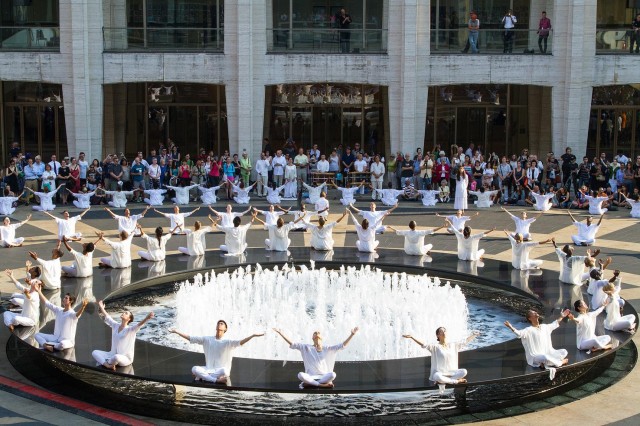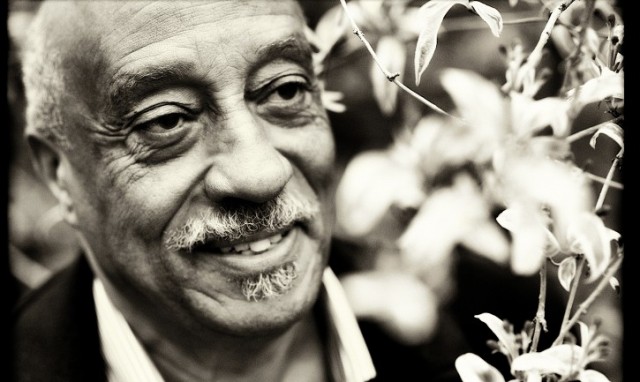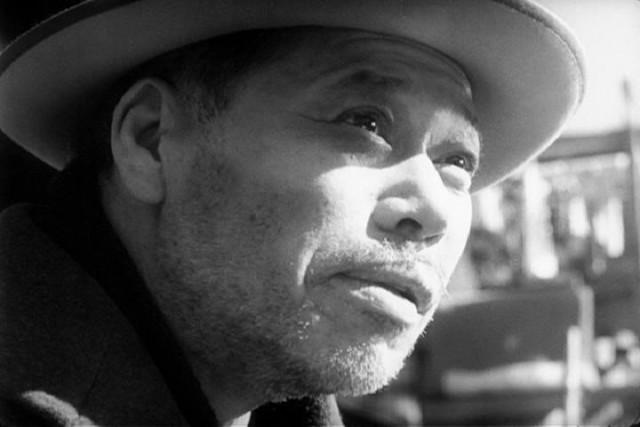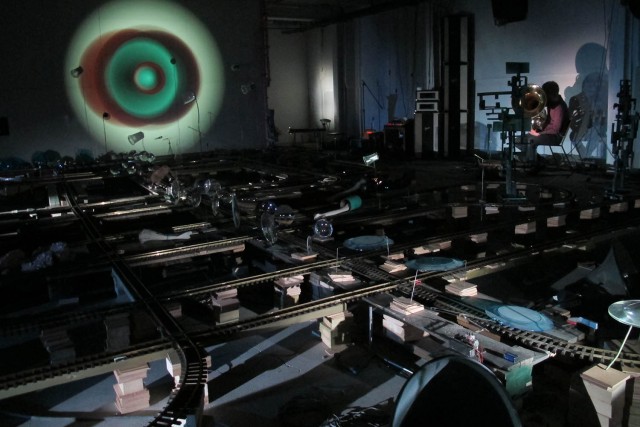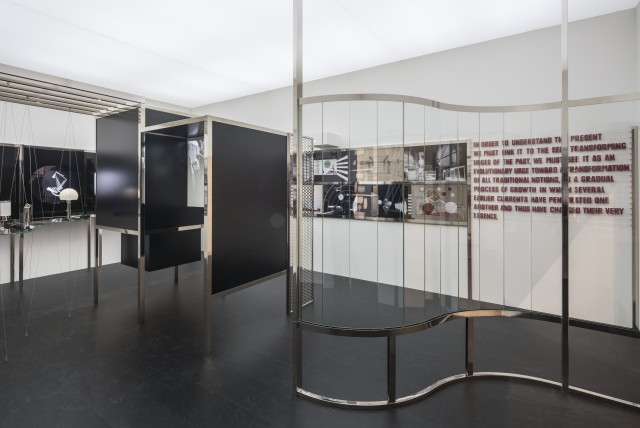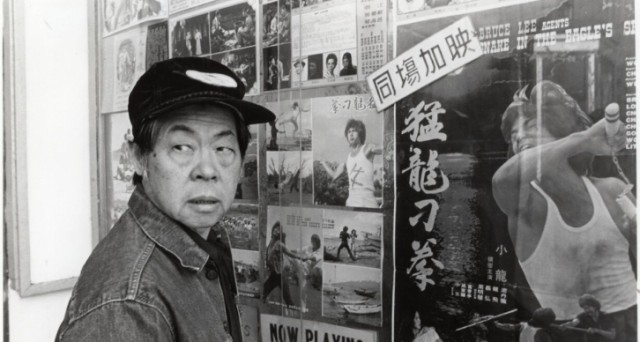
American-born Chinese cabdriver Jo (Wood Moy) is searching for more than just two grand in CHAN IS MISSING
CHAN IS MISSING (Wayne Wang, 1982)
Metrograph
7 Ludlow St. between Canal & Hester Sts.
September 9-11
212-660-0312
metrograph.com
 Wayne Wang’s debut feature, the 1982 indie landmark Chan Is Missing, opens with a Chinese version of Bill Haley and the Comets’ “Rock Around the Clock,” but subtitles reveal the Chinese lyrics are all about the bleak economic situation. “Red beans, barbeque sauce, tea leaves, all the prices rise / Encumber the whole family, low salaries are just not enough / Till there is not one drop left in the soy sauce bottle / That’s enough, this price increase has to stop.” That sets the stage for the culture clash at the center of the black-and-white film as Wang focuses on Chinese immigrants and ABCs (American-born Chinese) attempting to establish their own identities in San Francisco’s Chinatown. Jo (Wood Moy) and his nephew, Steve (Marc Hayashi), have pooled together $4,000 to buy their own taxi medallion, but after they give someone cash to process the paperwork, the man, named Chan Hung, disappears, along with their hard-earned money. So uncle and nephew turn into detectives, searching for Chan by tracking down his friends, relatives, and acquaintances, but it seems that no one knows where Chan is — or who he is, as each person shares stories of a very different man. Along the way, there are discussions of Mandarin and Cantonese food, the People’s Republic of China and Taiwan, Communism and new Chinese money, immigration and assimilation, and local politics and “the legal implications of cross-cultural misunderstandings.” A cook in a Samurai Night Fever T-shirt laments having to make another order of sweet and sour pork instead of pursuing aeronautical engineering, which he studied in school back in China with Chan. A man who knows Chan from a cultural center finds newspaper articles in Chan’s jacket about a murder. A distinguished gentleman in a three-piece suit thinks Chan returned to Mainland China, explaining to Jo, who was born in the United States, “Here in America, people treat you like a foreigner. You don’t belong here.” And a teacher at a newcomers language center talks about how immigrants should become Chinese-American, pulling out that most American of desserts, an apple pie, that has been made using Chinese techniques. “This is all too confusing,” Jo says.
Wayne Wang’s debut feature, the 1982 indie landmark Chan Is Missing, opens with a Chinese version of Bill Haley and the Comets’ “Rock Around the Clock,” but subtitles reveal the Chinese lyrics are all about the bleak economic situation. “Red beans, barbeque sauce, tea leaves, all the prices rise / Encumber the whole family, low salaries are just not enough / Till there is not one drop left in the soy sauce bottle / That’s enough, this price increase has to stop.” That sets the stage for the culture clash at the center of the black-and-white film as Wang focuses on Chinese immigrants and ABCs (American-born Chinese) attempting to establish their own identities in San Francisco’s Chinatown. Jo (Wood Moy) and his nephew, Steve (Marc Hayashi), have pooled together $4,000 to buy their own taxi medallion, but after they give someone cash to process the paperwork, the man, named Chan Hung, disappears, along with their hard-earned money. So uncle and nephew turn into detectives, searching for Chan by tracking down his friends, relatives, and acquaintances, but it seems that no one knows where Chan is — or who he is, as each person shares stories of a very different man. Along the way, there are discussions of Mandarin and Cantonese food, the People’s Republic of China and Taiwan, Communism and new Chinese money, immigration and assimilation, and local politics and “the legal implications of cross-cultural misunderstandings.” A cook in a Samurai Night Fever T-shirt laments having to make another order of sweet and sour pork instead of pursuing aeronautical engineering, which he studied in school back in China with Chan. A man who knows Chan from a cultural center finds newspaper articles in Chan’s jacket about a murder. A distinguished gentleman in a three-piece suit thinks Chan returned to Mainland China, explaining to Jo, who was born in the United States, “Here in America, people treat you like a foreigner. You don’t belong here.” And a teacher at a newcomers language center talks about how immigrants should become Chinese-American, pulling out that most American of desserts, an apple pie, that has been made using Chinese techniques. “This is all too confusing,” Jo says.
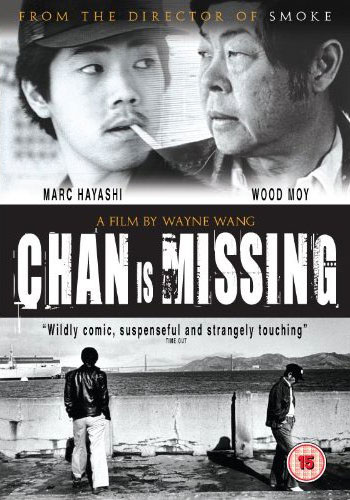
It’s no coincidence that the man Jo and Steve are trying to track down is named Chan, a direct reference to Charlie Chan, the Honolulu detective, usually portrayed by non-Asian actors, who was a controversial stereotype in numerous Hollywood movies. The missing character of Chan also represents the Chinese experience in America as a whole, emblematic of the entire community as it sets down roots in San Francisco, having to work menial jobs to get started. “This mystery is appropriately Chinese; what’s not there seems to have just as much meaning as what is there,” Jo says. When we first see Jo, immediately after the opening credits, while the rock-and-roll song is still playing, he is initially obscured by glare on the windshield of the cab he is driving through the streets of Chinatown, the buildings reflected in the glass. He eventually comes into focus, leading viewers on a journey for identity that is still relevant today. Wang, who was born and raised in Hong Kong and was named after John Wayne, made Chan Is Missing for a mere $22,000. He has gone on to make such Chinese-American films as Dim Sum: A Little Bit of Heart, Eat a Bowl of Tea, and The Joy Luck Club as well as such non-Chinese fare as Smoke, Because of Winn-Dixie, and The Center of the World, his oeuvre echoing how Chinese immigrants try to balance their heritage and the old ways with assimilation. Chan Is Missing is screening September 9-11 at Metrograph in a new 35mm print.
